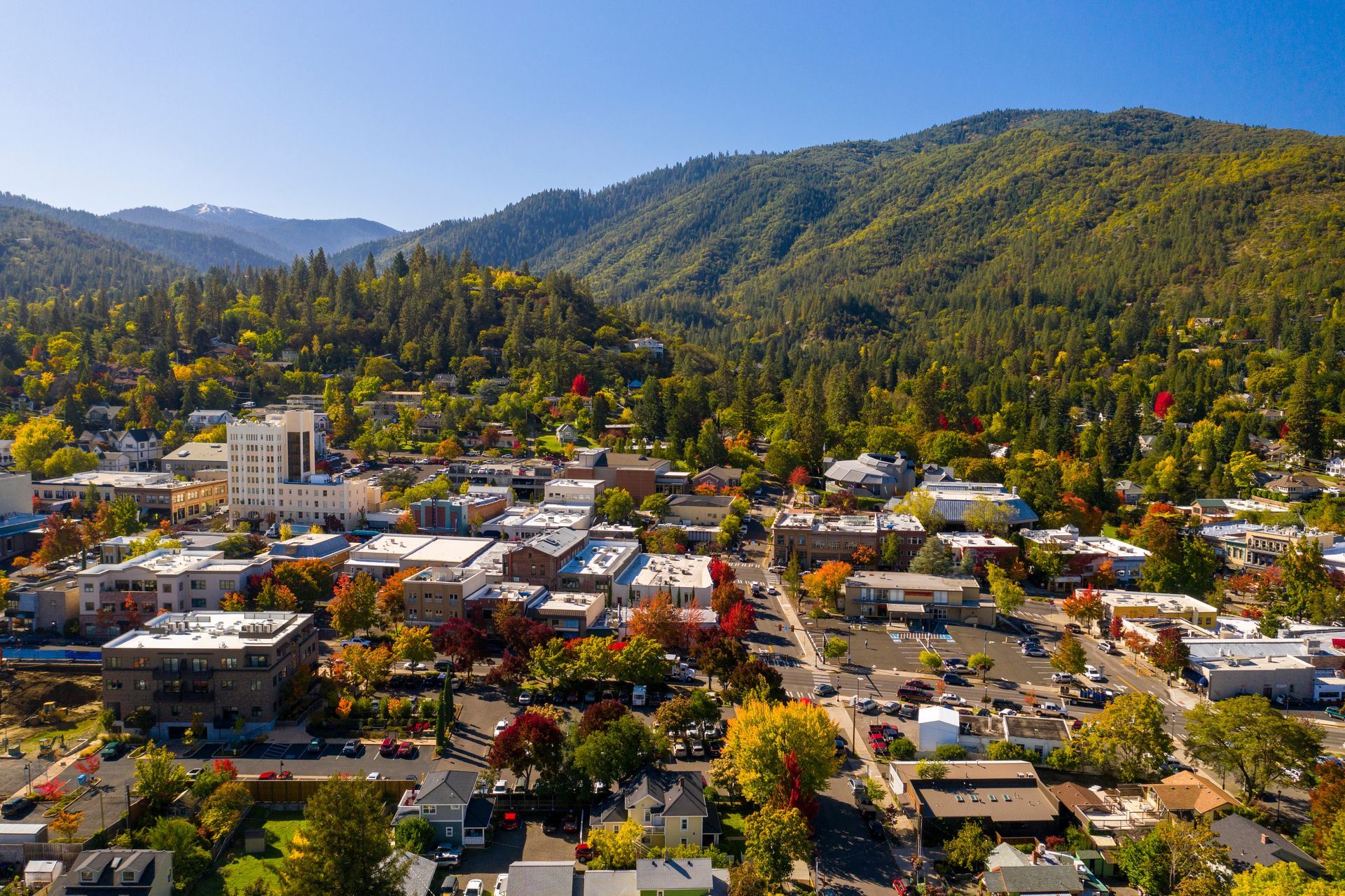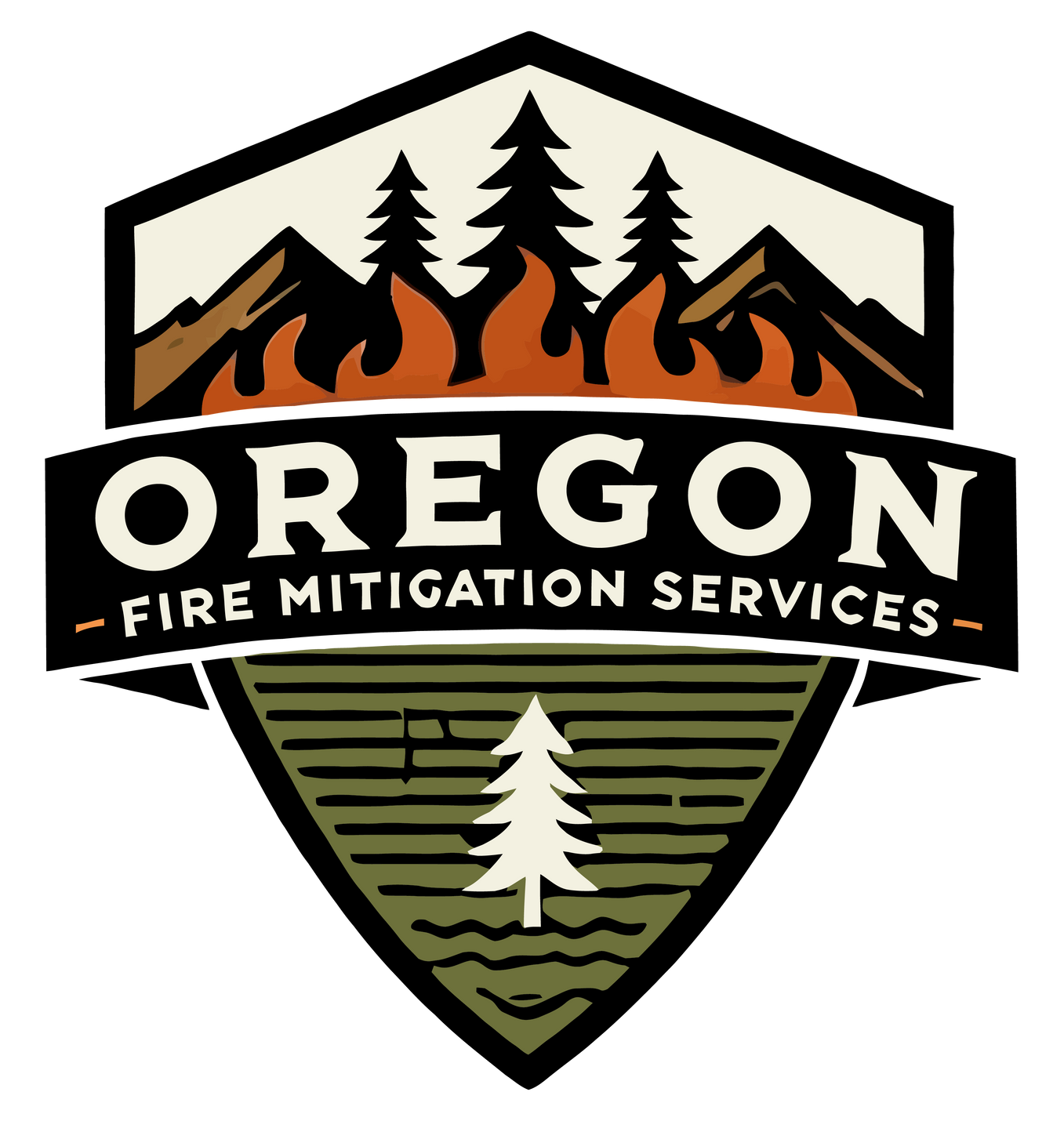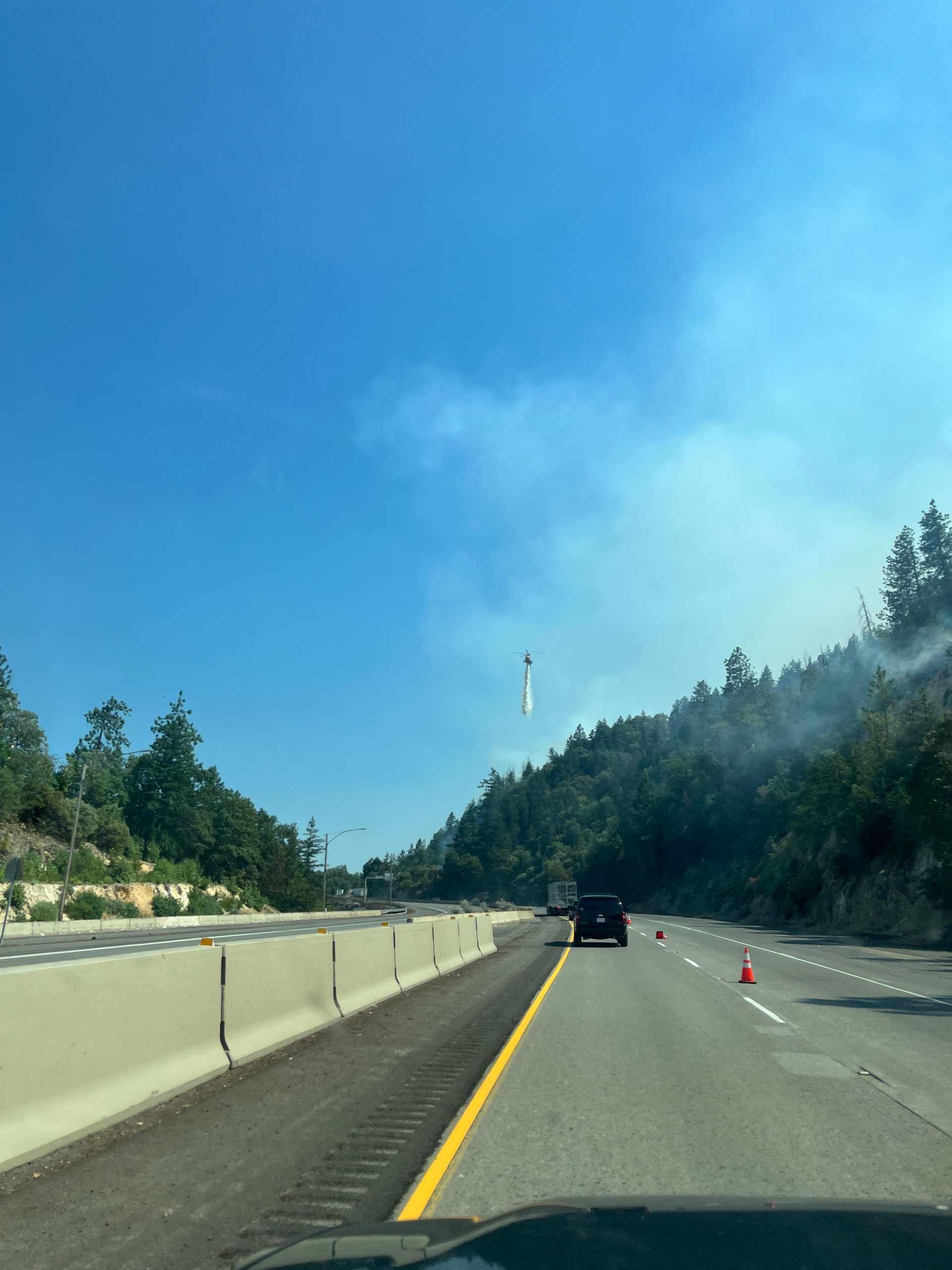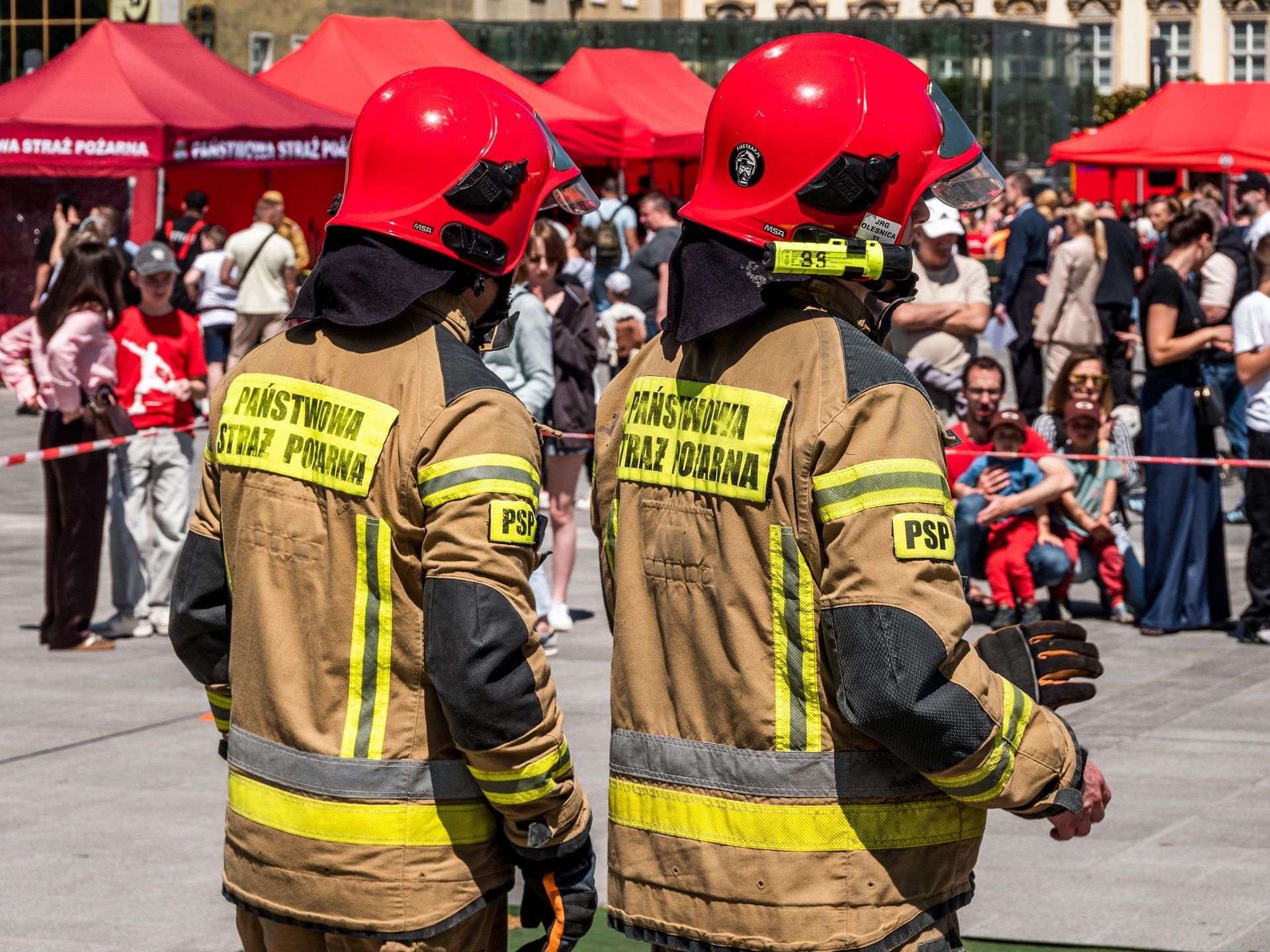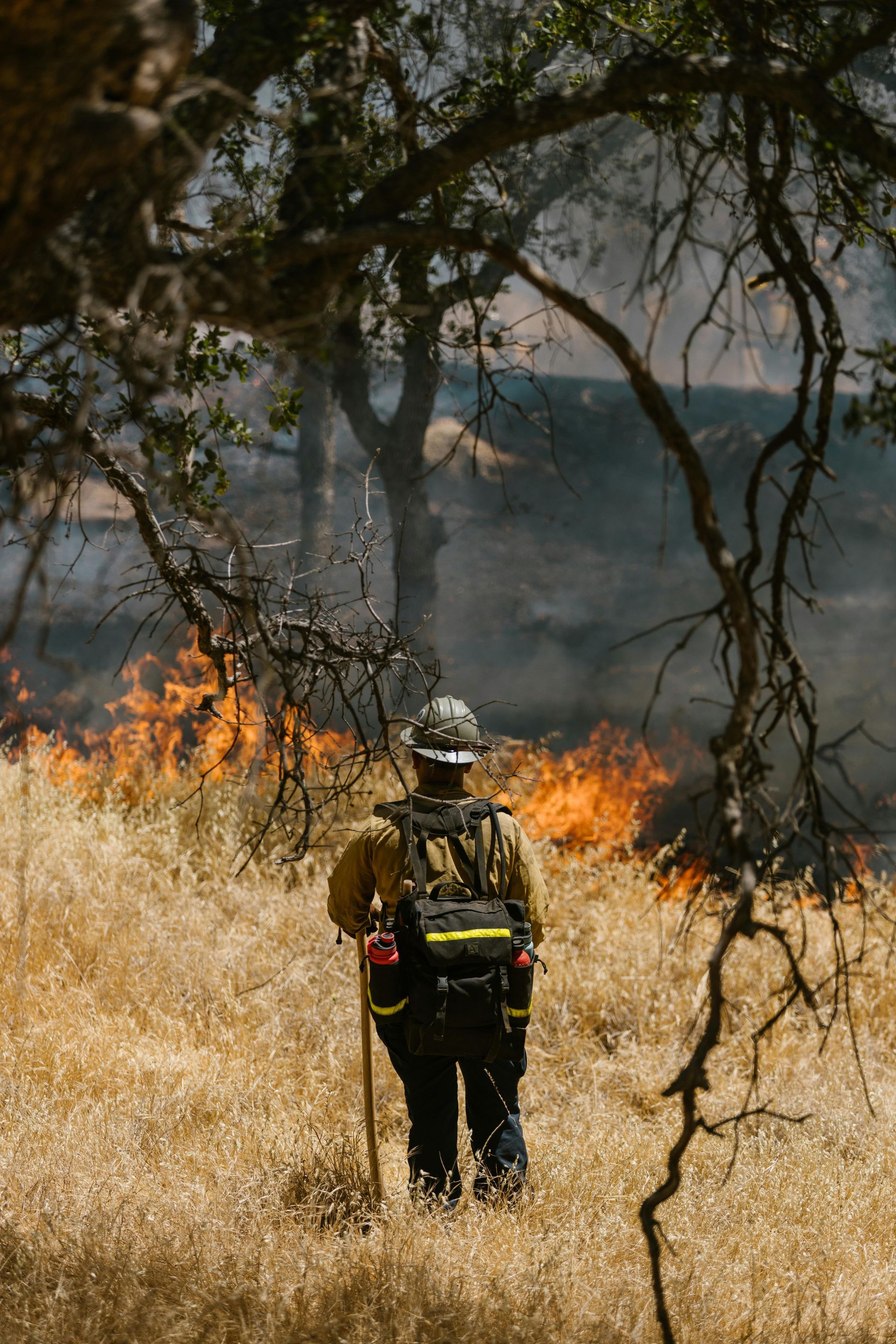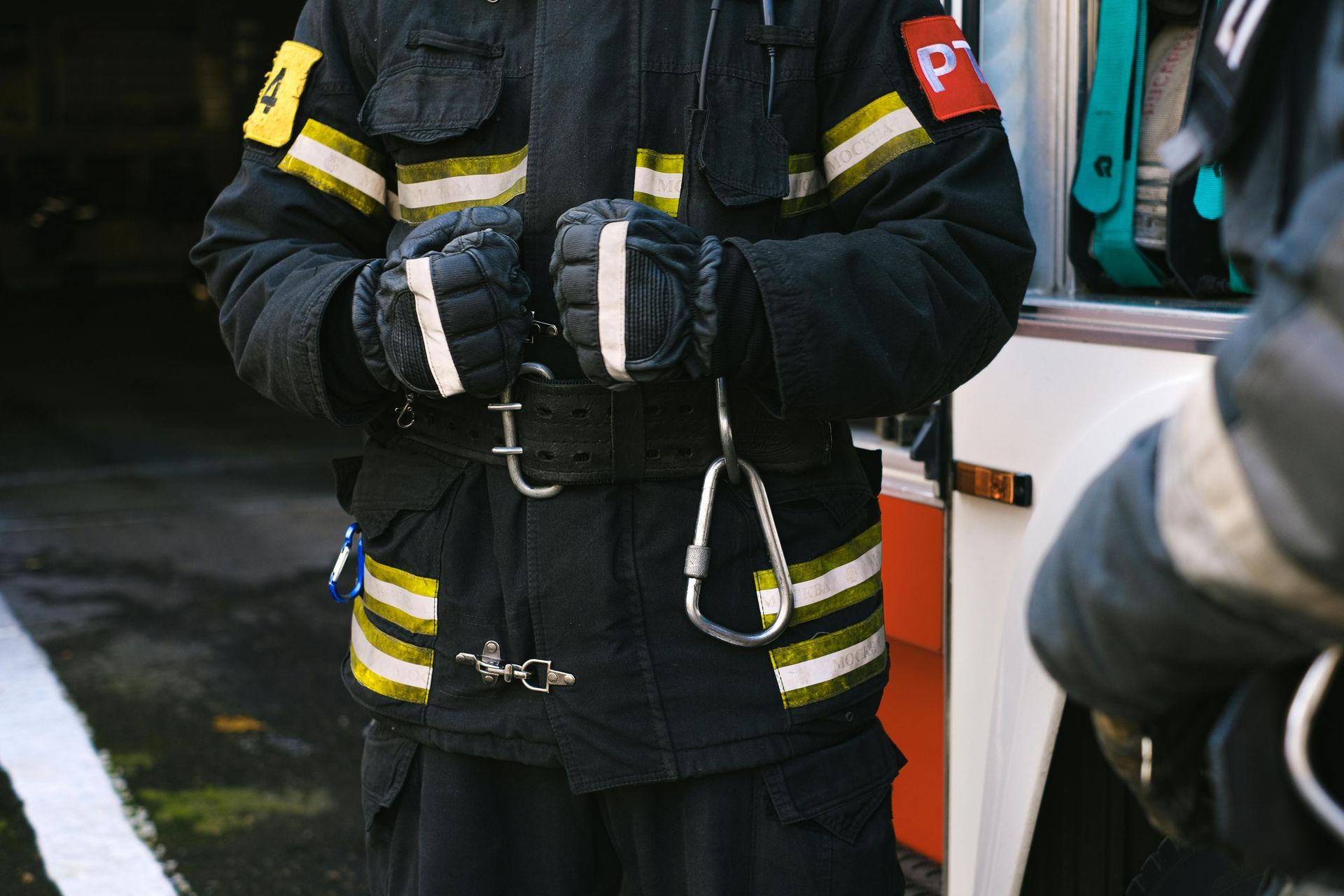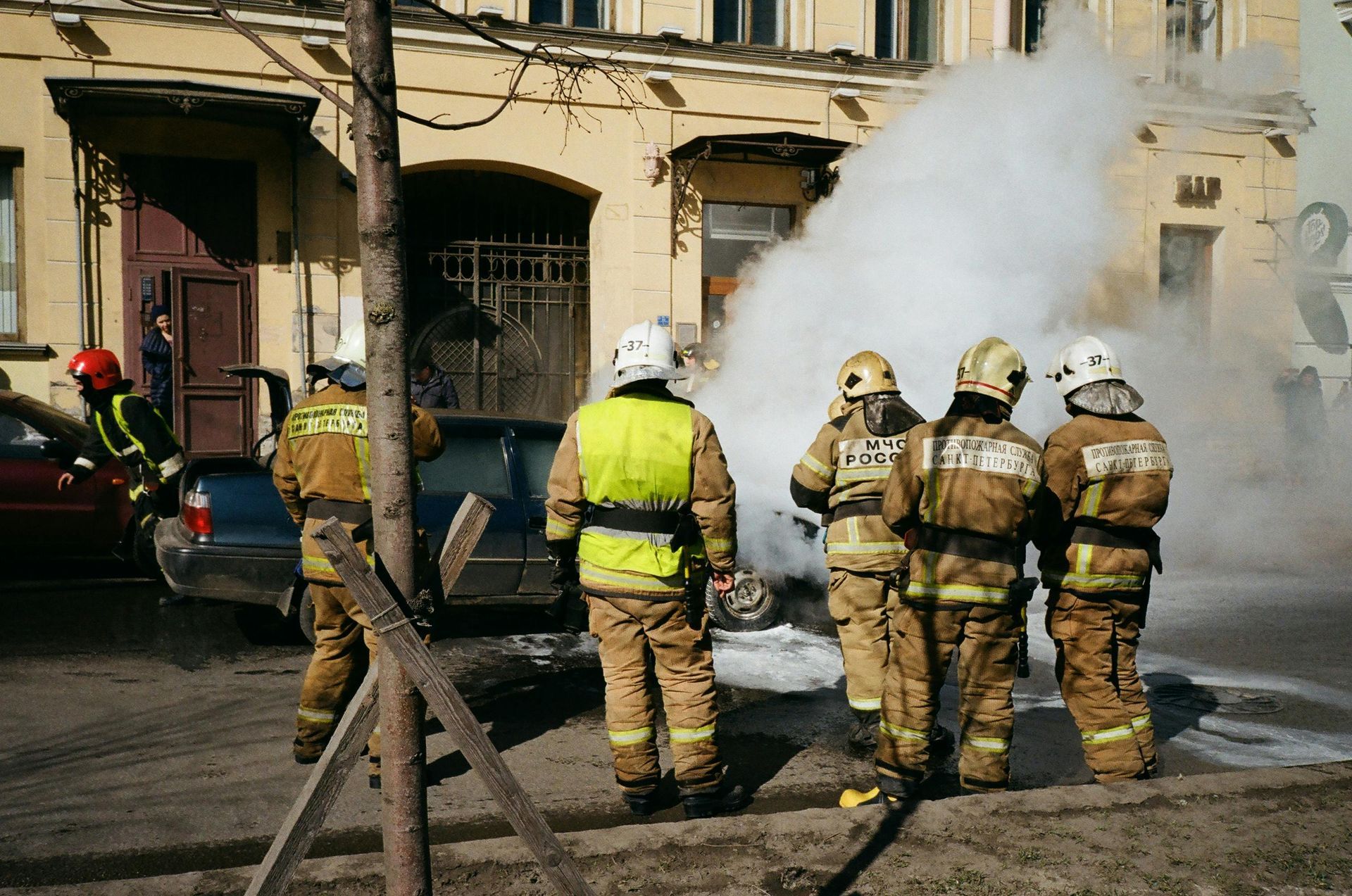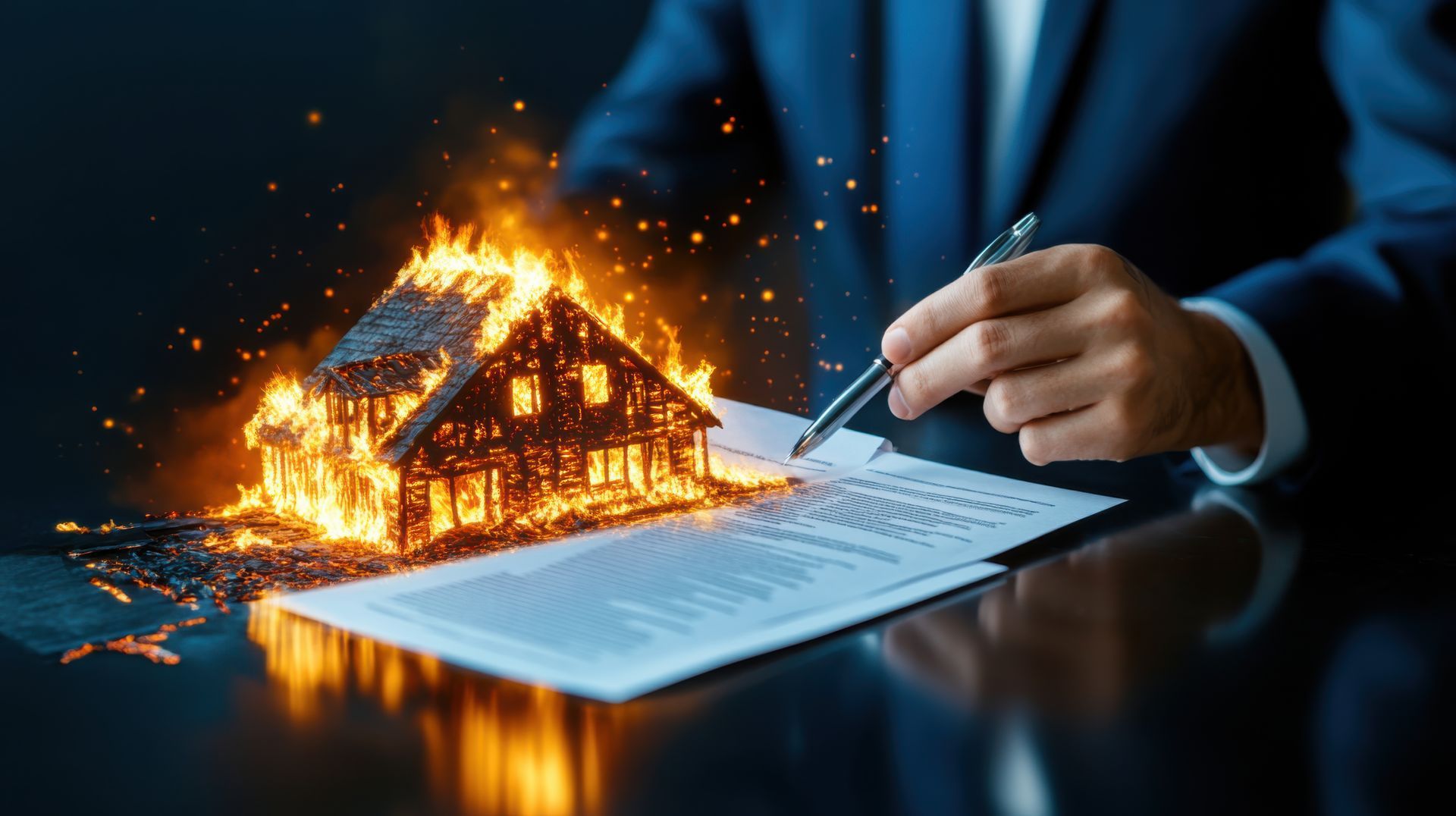Fire Safety Tip #4: Enclosing Decks and Bay Windows to Prevent Wildfire Ignition
Fire Safety Tip #4:
Enclosing Decks and Bay Windows to Prevent Wildfire Ignition
Wildfires in Southern Oregon’s Wildland Urban Interface (WUI) threaten homes through ember showers, igniting vulnerable areas like decks and bay windows. Enclosing their undersides with fire-resistant materials is a critical step for wildfire mitigation, meeting
Wildfire Prepared Home (WPH) and
NFPA 1140 standards. This practice reduces ember-driven fire risk, aligning with
2023 Oregon Residential Specialty Code (ORSC R327.3) for WUI protection.
Ember Shower Ignition Risks
Embers, carried up to a mile by wildfire winds, target exposed undersides of decks and bay windows, where flammable wood, insulation, or debris accumulate. NIST studies show untreated wood decks can ignite in 6–12 minutes under a dense ember shower (30 embers/sq.ft./min), while bay window soffits with vinyl or wood siding may smolder in 3–5 minutes, spreading fire to framing. Enclosing these areas with noncombustible materials creates a barrier, preventing ignition and supporting insurance compliance.
Fire-Resistant Materials
Select Class A fire-rated materials, tested to ASTM E108/UL 790, available at suppliers like Parr Lumber or Home Depot:
- Fiber Cement Panels (e.g., James Hardie): Fire-resistant, durable ($2–$4/sq.ft.), suited for deck fireproofing.
- 1/8-Inch Galvanized Steel Mesh (e.g., ASC): Affordable ($1–$2/sq.ft.), used for ventilation gaps to ensure ember protection.
- Noncombustible Soffit (e.g., CertainTeed): Aesthetic ($3–$5/sq.ft.), ideal for bay window fireproofing.
- Aluminum Soffit Panels (e.g., CertainTeed, 0.019-inch): Lightweight ($2.50–$3.50/sq.ft.), Class A-rated for WUI protection.
- Galvanized Steel Sheets (e.g., ASC, 26-gauge): Robust ($3–$4.50/sq.ft.) fire-resistant metal panels for deck undersides.
These materials meet Oregon building code (ORSC R327.3, IWUIC) and WPH compliance.
Installation Process
Follow these steps for structural hardening:
- Clear debris, flammable siding, or insulation under decks or bay windows. Ensure framing is noncombustible or fire-treated per ORSC R327.3.
- Measure the underside and cut fiber cement, aluminum soffits, or steel sheets to fit, leaving 1/8-inch gaps for ventilation with solid panels.
- Attach 1/8-inch steel mesh over ventilation gaps with #8 corrosion-resistant screws ($0.20 each) for NFPA 1140-compliant ember protection.
- Fasten panels to framing with corrosion-resistant screws (1–1.5 inches, 6-inch spacing). Use J-channel for aluminum soffits. Seal joints with fire-rated caulk (e.g., 3M Fire Barrier, $10/tube).
- Inspect annually, clean debris, and verify mesh and caulk integrity for insurance compliance.
Enhancing WUI Resilience
Enclosing decks and bay windows with fire-resistant materials mitigates ember-driven ignition, strengthening Southern Oregon’s WUI homes against wildfires. This practice supports WPH-compliant fire safety, protecting communities from rapid fire spread.
Have wildfire safety questions?
Contact our certified team
